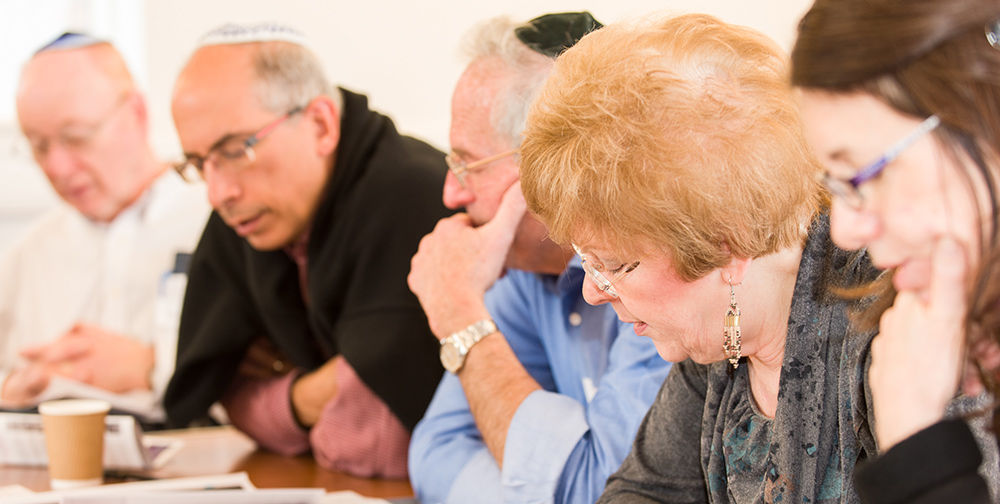Metzora

This afternoon I have just returned from visiting the Pierre Bonnard exhibition at Tate Modern in London. Bonnard (1867-1947) was an impressionist and abstract artist who created visions of intimacy by employing borders and boundaries within his work, highlighting the place where one moves from the internal and personal to the external and universal. An example of this can be seen in The Studio with Mimosa (1939-46), which shows the point where the countryside encroaches on the space in his studio, with the bright yellow colour of the flowers bleeding into the walls of the studio and framing our view of the outside world.
The boundaries of our homes frame our intimate spaces and surround the landscape of our wider world and influence.
In Parashat Metzora we continue the inventory started last week in Tazria, describing how we recognise and then manage outbreaks of tzaraat in individuals. Tzaraat is a scale-type skin infection that is potentially contagious. The person who had contracted the tzaraat was known as the Metzora. In Zohar Metzora 55, a link is made between the Metzora and Motzi (shem) Ra – one who causes an evil name/reputation in another. Therefore it was deduced that tzaraat was an infliction on those who spoke lashon hara, or gossip.
However, in this parashah we move from people to homes. The Torah describes a home also getting tzaraat, and how this should be identified and treated. If a person is afflicted due to evil and hurtful speech, what then is the cause of an affliction on a house?
The beginning of this passage (Lev. 14:34) comments that this will only happen when the Israelites have entered the Land of Canaan. At this point they will become able to accumulate wealth and property. The Midrash provides an explanation. It tells the story of someone turning to their neighbour and asking for a loan of wheat and being refused. The person then asks for barley (a cheaper commodity), and then smaller quantities, and each time is refused, despite the neighbour having plenty to share. What does God do in response to this miserliness? He afflicts the house of the miser with a disease which requires as part of the purification process that he brings out everything he owns, so that all is on display to the wider community.
With language comes the power to hurt with speech; with property comes the potential for arrogance, lack of empathy and meanness. The Torah is therefore blurring the boundaries of our dialogue and our possessions and how they can impact on us and our wider community, in the same way that Bonnard frames his works across the boundaries of spaces and bleeds colours between the two. We also have the power to take both our internal and external influences and use them for good or not, and face the consequences of our choices.
Melanie Kelly is a Jewish educator. She and her family are members of Kol Nefesh Masorti Synagogue.




